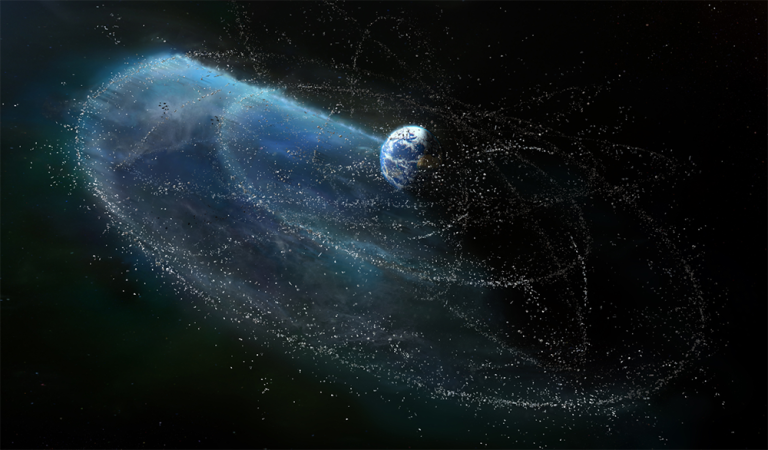
The first phase officially started June 29. The goal for the first phase is to establish a proof of concept for detection, tracking and characterization. The initial focus will be on space objects already cataloged to strengthen confidence in new techniques.
“At the beginning stages, we are trying to really advance the state of the art. We’re looking for things that are high risk, high payoff, low technical readiness levels at the beginning,” Truitt explained. “But at the end of the program, we hope to provide a demonstration and documentation from our rigorous testing and evaluation to hand it off to a transition partner who will test it in their operational environment. It’ll be at a technology level where it hasn’t been necessarily tested in an operational environment, but we’ll have all the information to allow that to occur and to support that.”
IARPA will not select a single winner at the end of the program. Each of the four teams, which are led by Advanced Space LLC, BlueHalo, SRI International and West Virginia University Research Corporation, are pursuing different solutions. If all goes well, all four solutions could ultimately be available to the intelligence agencies.
Truitt indicated multiple approaches might be needed. “We’re looking to supplement the current state of the art with novel innovative techniques and a holistic view to look at maybe a multi-phenomenology solution. We could look at a combination of different sensor types—optical data, radar data, plasma data, other types of data sources from ground and from space,” she said. “If they’re able to follow the same set of debris, and have different observables, perhaps the combination of those observables could help us further characterize that piece of debris.”
A multi-phenomenological approach could include the amount of drag and other characteristics. “It could tell us it’s a piece of aluminum or a piece of Styrofoam based on the drag, the spectral composition, the receptivity, the surface charge, things like that. Maybe we have a piece of information from each sensor type and the combination of those sensor types could yield more information,” Truitt elaborated.
Each team will contribute to a SINTRA database that will be available to the intelligence community at the program’s end. “At each milestone assessment, each performer is required to submit the data they use as part of their development … with the understanding that it will be visible to other performers. We wanted to level the playing field, so that one performer couldn’t outperform another simply because of access to data,” Truitt said.
IARPA recently published the first iteration of the database for the performers. It includes data from the testing and evaluation team. “Some of that data includes some of the ground-based radar that MIT Lincoln Laboratory contributes to the Space Surveillance Network. We’re providing samples of data to the performers to help their development. We’re also reserving some for independent testing and evaluation,” Truitt reported.
Ultimately, intelligence agencies could use the SINTRA database for real-world operations. “We don’t have an operational mission, so we hope to hand this off as a comprehensive set of different types of data with a standardized set of metadata that our end users could potentially, if they like, integrate into their own operational database,” Truitt stated.
It also might be used as a gold standard to test new techniques or for students to test new algorithms, she added.
